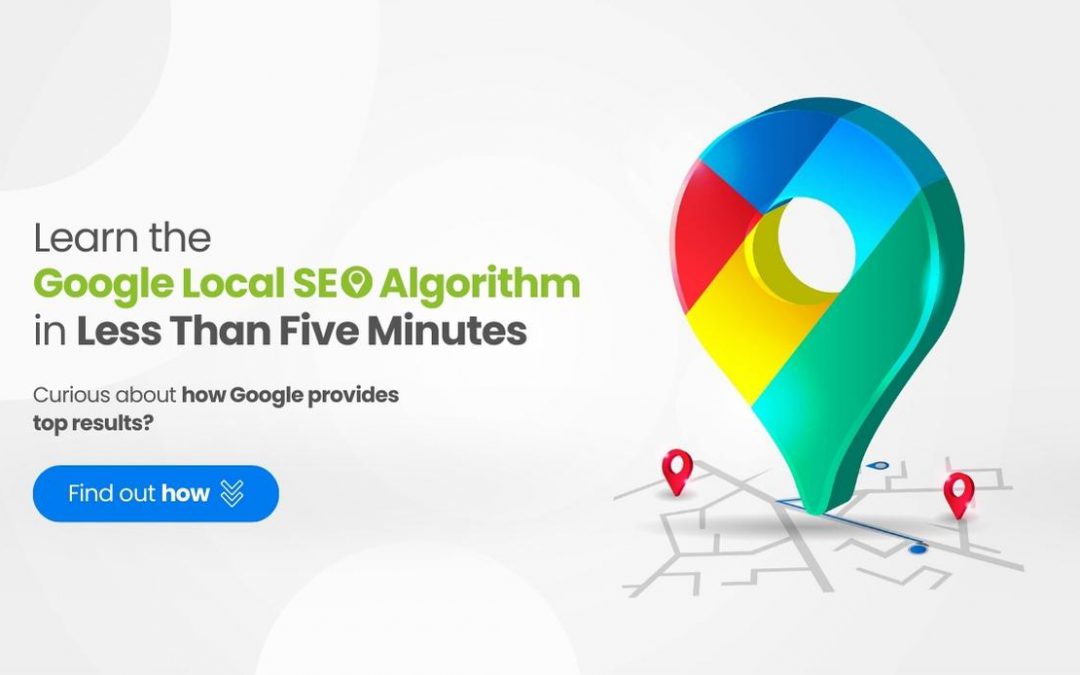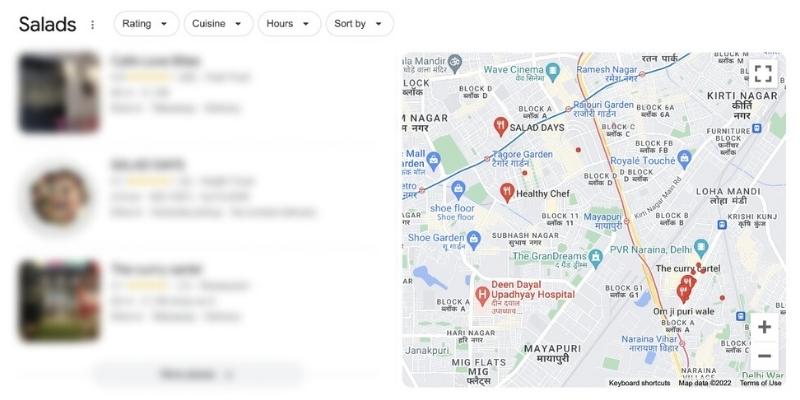What is a Local SEO algorithm?
Curious about how Google provides top results? The Local SEO Algorithm isn’t nearly as complicated as you might think. You don’t need a computer science degree to break down the Local SEO algorithm. As a local business owner, once you understand how it works, you do not need to worry about ongoing algorithm updates from Google. If you’re wondering what I’m talking about when I say the local algorithm, it’s the one that powers local search results. It helps businesses to get found on Google through:Google My Business listing – recently renamed as Google Business Profile
Local 3-Pack
Google Maps Pack
Local search results

There are more than 3,000 categories of local businesses where mostly all kinds of small businesses are mapped in Google. When you search on your mobile phone, for example, dentists near me, you’ll typically see three listings at the top of the page with a map, and then everything below is referred to as organic or local search results.
Let’s define each term to understand what the local SEO algorithm is all about.
Local: Something is made, sold, or traded in a specific area. This geographical area is usually around 25-30 kilometers.
SEO: The practice of ensuring your website appears at or near the top of the list of results when someone searches for specific keywords or phrases on a search engine.
Algorithm: An algorithm is a set of instructions that tells you how to solve a problem.
Local SEO Algorithm in plain English
When you want your business to appear at the top of Google local searches, Google uses a different approach (a different algorithm) than regular search results.
The Local SEO algorithm is powered by three main factors – Proximity, Prominence, and Relevance.
- Proximity is a location used when you are looking for something on your phone or computer. It means where Google thinks you are located.
- Relevance is how well the business matches what the person is looking for.
- Prominence is about being well-known as an expert in your area or industry. If your business is famous and people are talking about it, Google will help your business rank better in local searches.
Let’s understand these local algorithm factors in more detail.
Proximity as a Local SEO ranking factor
When you search for something on your mobile, Google uses your phone’s location to identify where you are. This helps Google show you businesses that are closest to you.
The location of the searcher (proximity) is the only ranking factor you can’t control as a business owner. That’s because you can’t decide from which place people will find your products or services.
If you create more content with local intent, you can increase the chances that people will see your website in organic search results when they search. This is especially true if they mention the location in their search phrase.

Relevance as a Local search engine optimization factor
Suppose you want to find a wooden flooring showroom. In that case, you expect Google to show you only businesses that sell wooden flooring.
To get your business rank (assuming you are in the wooden flooring business), you must complete all sections of your Google Business Profile. Make sure to accurately fill in all the fields on your Google Business Profile, including your primary and secondary categories.
You should also update other parts of your website, such as adding descriptions for the services and products you provide.
This relevance factor can be scored well by developing helpful blog content, web pages of your website or landing pages, the content of your reviews, reviews related to wooden flooring on other sites, and so on.
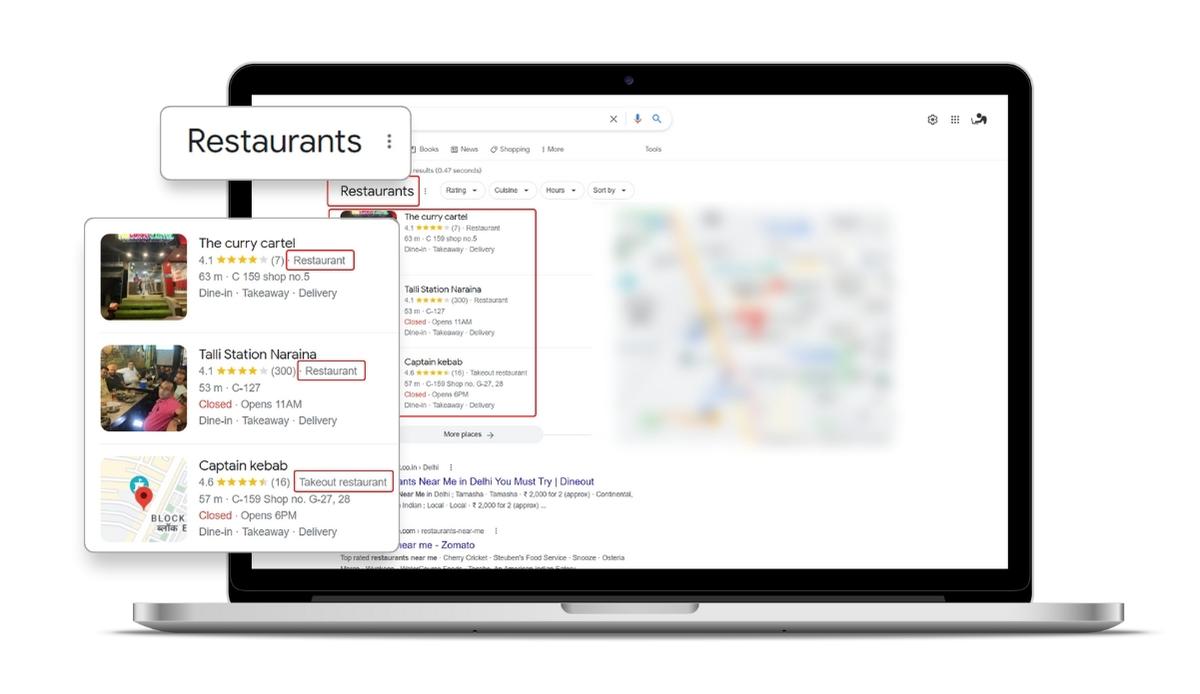
Prominence as a local search engine ranking factor
Want to know how you can control this factor?
Prominence is a measure of how well-known and respected your business is in the industry you are. It’s determined by how often you’re mentioned around the web – including citations, links, press, and social media.
The more online activity you have, your business will become more prominent over time.
And if you maintain a consistent online presence, your prominence will continue to grow!
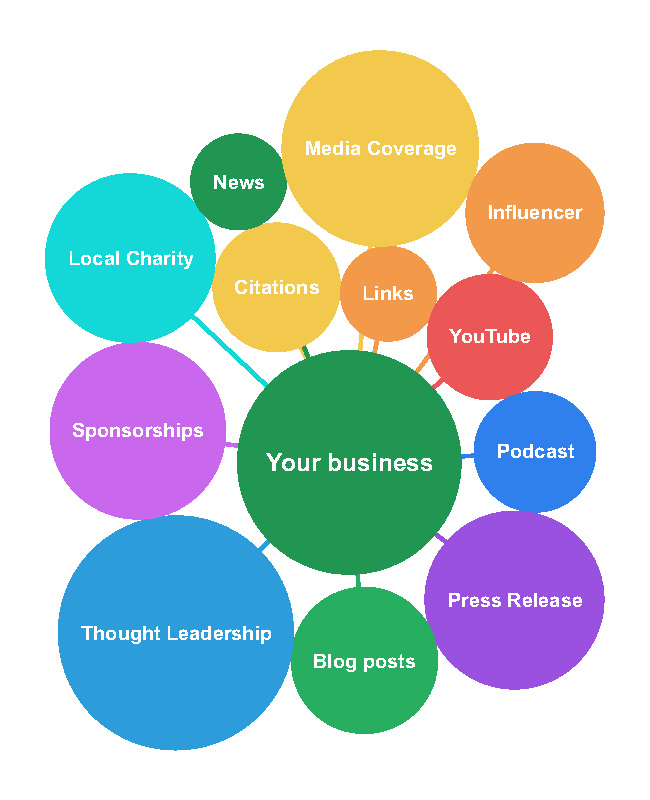
Recap of Google Local SEO Algorithm
Now that you understand the three main factors that Google uses to rank businesses in local searches, it’s time to implement this knowledge.
You can start by ensuring your business is accurately listed on Google; if not, optimize your listing. If you do not have Google Business Listing, you can claim it as it is free.
This step includes filling out all the information in your Google Business Profile and ensuring your website is optimized for local search.
You should also develop content around your products and services that is helpful and relevant to potential customers searching online.
Finally, make sure you’re actively building online activities like:

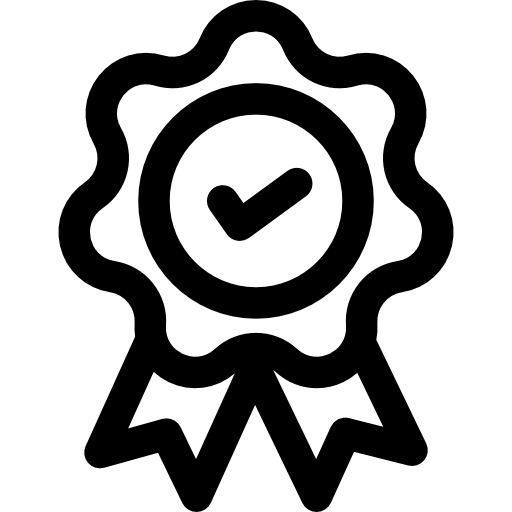


If you take care of these factors, your business becomes more prominent over time. It gets found on multiple places like map pack, search pack of three, organic search results, and other properties of Google like Google shopping or Google news results (if Google finds it relevant). Following these tips will give you a better chance of ranking higher in local search results!
To have an effective Local SEO strategy, It’s very important to understand that these elements (Proximity, Relevance, and Prominence) are all interrelated, and it’s imperative to ensure you are not ignoring any of these local SEO ranking factors.

